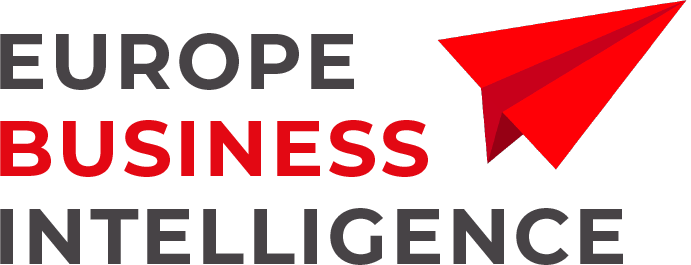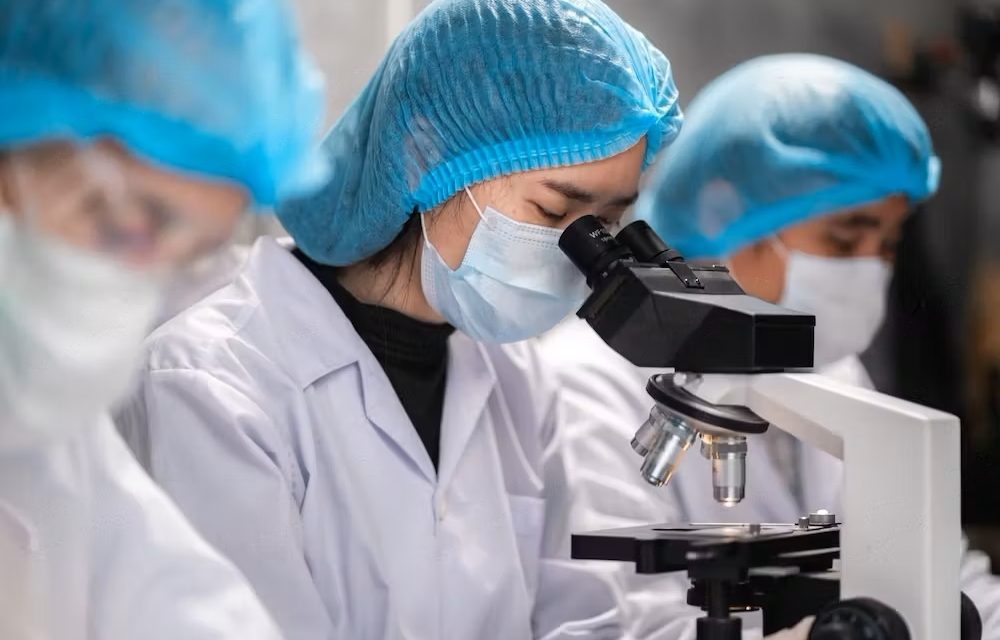The discovery of Induced Pluripotent Stem Cells (iPSCs) has truly revolutionised the world of cell biology and regenerative medicine. Since their discovery in 2006 by Japanese researcher Shinya Yamanaka, iPSCs have opened up new perspectives in medical research, cell therapy and personalised medicine.
What are the main benefits of this iPSC revolution and what promising advances does it offer?
What are iPSC cells?
iPSC cells are somatic (non-reproductive) cells that have been reprogrammed to return to a state similar to embryonic stem cells. They have the ability to differentiate into any cell type in the human body, offering the potential for unlimited human cell production for the regeneration of damaged tissues and organs. This is the magic of their discovery.
The discovery of iPSC cells
The discovery of iPSC cells by Japanese Professor Shinya Yamanaka and his team marked a turning point in the field of cell biology. They succeeded in reprogramming somatic cells into pluripotent cells using only four transcription factors (OCT4, SOX2, KLF4 and c-MYC). This discovery earned Yamanaka the Nobel Prize in Medicine in 2012 and has since been widely used in medical research.
Applications of iPSC cells in regenerative medicine
iPSC cells offer many possibilities for research and regenerative medicine, thanks to their ability to differentiate into any cell type. Possible applications include
– Repair of damaged tissue: iPSCs can be used to regenerate damaged tissues and organs, such as the heart, liver, kidneys or skin.
– Disease research: iPSCs can be used to create cellular models of human diseases, facilitating the understanding of pathological mechanisms and the development of new therapies.
– Drug development: iPSCs provide testing platforms for new drugs, reducing the need for animal testing and improving the accuracy of trials.
Challenges and prospects
Despite the spectacular advances in the field of iPSCs, some challenges remain:
- Safety: iPSC cells may present a risk of tumour formation, due to the use of oncogenic factors during their reprogramming. Although the cells used in cell therapy are fully differentiated, the risk of contamination by undifferentiated cells should be taken very seriously.
- Efficiency: The conversion rates of somatic cells into iPSCs are still relatively low, which limits their large-scale use. Researchers are working to improve differentiation methods to increase the efficiency of the process.
- Ethical issues: Although iPSCs have ethical advantages over embryonic stem cells, questions remain about the use of human biological material.
Personalised medicine and iPSCs
iPSCs offer promising prospects for personalised medicine, allowing the creation of tailor-made treatments for individual patients. By using the patient’s own cells, researchers can develop therapies specific to the patient’s needs, thereby reducing the risk of rejection and side effects.
Applications of personalised medicine based on iPSCs include
- Gene therapy: iPSC cells can be modified to correct genetic mutations responsible for certain diseases, such as cystic fibrosis or muscular dystrophy.
- Immunotherapy: iPSCs can be used to develop personalised cancer treatments by specifically targeting the patient’s own tumour cells.
- Organ transplantation: iPSC cells could allow the creation of customised organs for patients waiting for transplants, reducing compatibility problems and waiting lists.
Understandably, the iPSC revolution has opened up new opportunities for regenerative and personalised medicine. As researchers continue to improve reprogramming and differentiation techniques, it is likely that iPSCs will play an increasingly important role in treating disease and regenerating damaged tissue.
The challenges remain, but the advances made so far offer a promising glimpse into the future of this technology and it is safe to bet on an explosion in the uses of these cells.
Thank you Professor Yamanaka.



